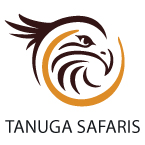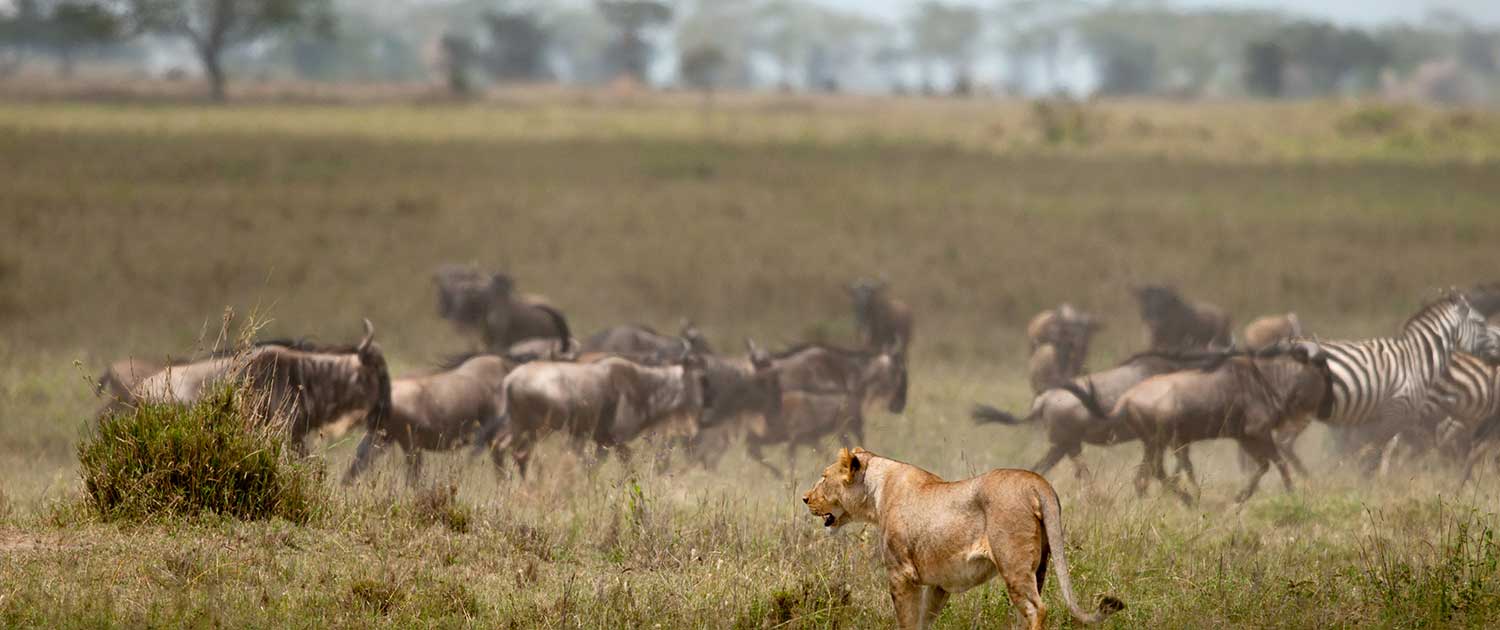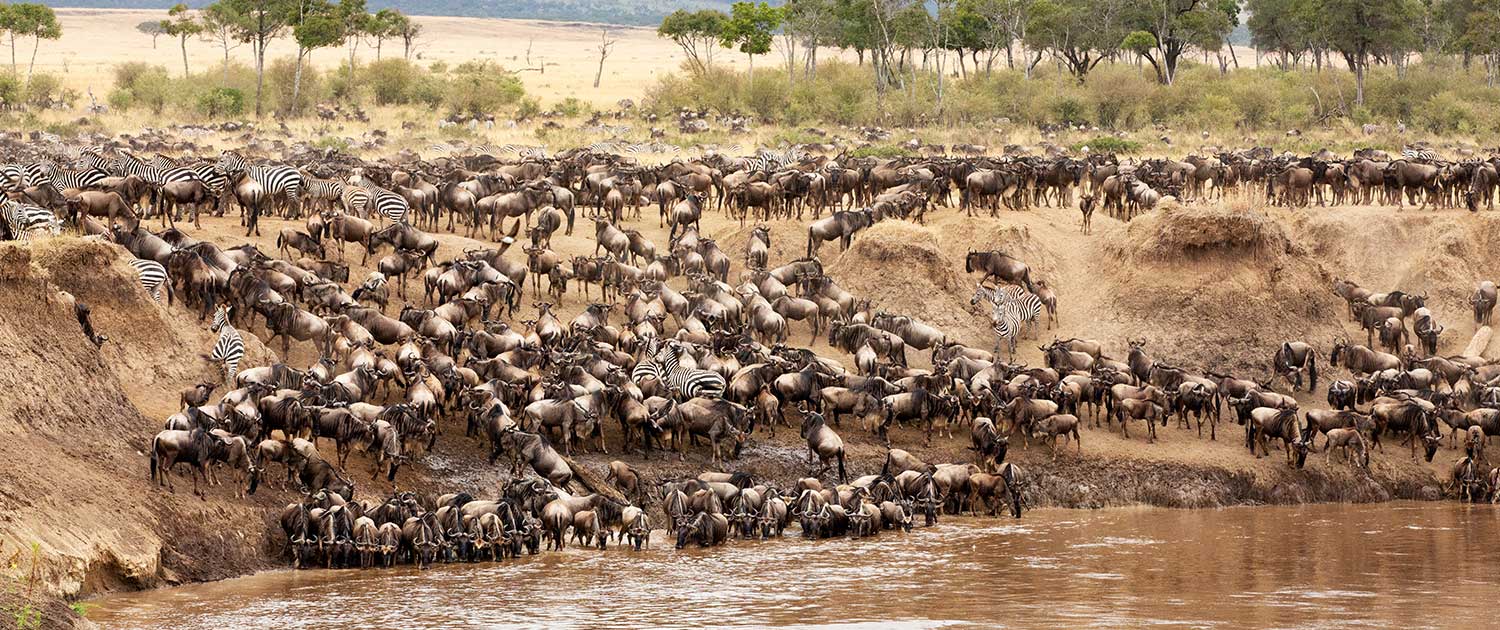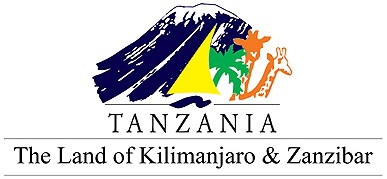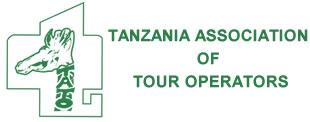Serengeti Migration Safari
This Serengeti Migration Safari is hard to beat if you want to witness the world’s largest overland movement of animals. Watch thousands of wildebeest calves being born in the southern Serengeti or spectacular river crossings in the northern part. Top your safari off with a visit to elephant paradise Tarangire and the gorgeous Ngorongoro Crater, home to the Big Five and densest population of predators. During this 10-days safari you will see nature at its best.
Day 1: Arrival – Arusha
Upon arrival at Kilimanjaro Airport your driver-guide will welcome you and take you to Arusha Villa. Settle in this top notch boutique hotel and take some time to acclimatize. The spacious rooms are nicely decorated with an African touch. The view from the infinity swimming pool is certainly great, as well as the food they serve.
Day 2: Arusha National Park
Today you start off your safari at Arusha National Park. This lovely park is the closest national park to Arusha town. It offers a wide variety of landscapes, from savannah to alkaline lakes, rainforest and the towering peak of Mount Meru. The Momela Lakes, Ngurdoto Crater and Mount Meru are certainly the three main features of the park. It’s a perfect place to spot the Black and White colobus monkey. Return in the afternoon to Arusha Villa for dinner and overnight. Raed more about Arusha National Park.
Day 3: Ngorongoro Conservation Area – Serengeti National Park
After an early breakfast we drive towards the Serengeti. Along the way we will pass villages and the scenic rainforest of the Ngorongoro Conservation Area. This protected area covers more than 8,000 km2 (3,200 sq. miles) and is home to a wide range of animals. It consists of the famous Ngorongoro Crater, Ndutu, Olduvai Gorge (huge valley), Empakaai, Olmoti Crater and Oldonyo Lengai Mountain. Today we will only visit the Olduvai Gorge Museum to see fossils and artifacts of our human ancestors. This is an important archaeological site since the earliest human skull and footprints in the world were discovered in here. Dinner and overnight at Kati Kati Tented Camp, located in central Serengeti. Read more about Serengeti National Park.
Day 4-5-6: Serengeti National Park
Wake up before dawn, to watch the beautiful sunrise in the Serengeti. Head off into the untouched wilderness, to see the animals at their most active in the cool morning. Afterwards return for breakfast to the lodge. The next three days we will spend in Africa’s most famous national park. Watch elephants, splashing hippos in a pool, leopards sleeping in a tree or black rhinos hiding in thorny thickets. Although wildlife viewing in Serengeti National Park is good throughout the year, certain areas are better at specific times. Depending on where you are in the Serengeti at what time of the year, you may see thousands of wildebeest calves being born. Or spectacular river crossings of thousands of mammals moving in dusty columns across the plains. The Great Wildebeest Migration is a dynamic cycle of wild movement in and around the Serengeti through the year. Your guide knows roughly where the herds are at which time of the year. He can take you to the right place, at the right time. To witness this spectacle of nature is certainly an unsurpassed wildlife experience. Dinner and overnight at Tanganyika Wilderness Camp.
Day 7: Ngorongoro Crater
After an early breakfast, we drive through the Serengeti towards the Ngorongoro Crater. Arriving at the crater rim you can enjoy the spectacular views into the crater floor before descending. This wildlife arena is truly a world within a world, with its own unique ecosystem. It is home to the Big Five and the densest population predators found anywhere in Africa. As a result, the grounds of the crater floor house lions, hyenas, cheetahs, leopards, hippos, elephants and even the rare black rhino. It’s easy to spot animals in the Ngorongoro crater, since the crater floor is mainly flat. After an exciting day of game viewing we drive in the late afternoon to the close by Tloma Lodge for dinner and overnight. Read more about Ngorongoro Crater.
Day 8: Tarangire National Park
Today we drive in the morning to Tarangire National Park, with thousands of majestic baobab trees dominating the hilly landscape. Above all, this park is known to have one of the highest concentration of elephants in the world (3,000). It’s a beautiful sight to see hundreds of elephants roaming the place, drinking at the Tarangire River or taking a mud bath. Apart from elephants, Tarangire is also a bird paradise with over 500 bird species, such as parrots, lovebirds, hornbills and eagles. The perfect place to spot leopards, cheetahs, lions and even tree-climbing pythons are the swamps. Tarangire is very green and lush since the permanent water of the Tarangire River is running through the park. Therefore, during the dry season the banks of the river burst to life when wildlife from miles around gather at the river to drink. In the afternoon we drive to an authentic Maasai boma (village) at Makuyuni. Here we can enjoy the dancing of young Maasai warriors, have dinner and spend the night.
Day 9: Arusha
Your safari has almost come to an end. After breakfast we drive in 2 hours back to Arusha. The rest of the day is at leisure. You can choose to relax at the lodge or go canoeing at Lake Duluti, a serene lake close to Arusha. It’s entirely up to you. Dinner and overnight at Arusha Villa.
Day 10: Departure
Today will be your last day in Arusha. Relax and spend the day at leisure before you will be transferred to Kilimanjaro Airport in time for your flight.
Check also our other safari itineraries.
